Interesting facts about the Southern Ocean
The Southern Ocean is very well-known as different names such as the Antarctic Ocean, the great Southern Ocean, or the South Polar Ocean. The Southern Ocean is among one of the largest oceans, ranking fourth in the world. It covers up to 4% of the world and surrounds Antarctica below 60° S. However, the specific boundaries of the Southern Ocean are still defined and continue to be a topic of discussion among the international community.
In this article, we are going to discuss a few amazing Southern Ocean facts. However, before moving forward to the facts, it is important to note down some basic information about the Southern Ocean, which is given below.
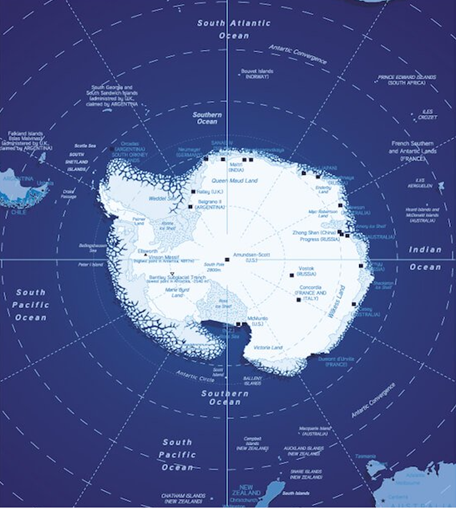
- Name: The Southern Ocean
- Location: Surrounding the land of Antarctica
- Coordinates: 68.4380° S, 160.2340° W
- Total Surface Area: 7850000 square miles
- Max Length: 21000 km
- Max Width: 2600 km
- Average Depth: 4000 metres to 5000 metres
- Max Depth: 7000 metres
- Shore Length: 11164 miles
Southern Ocean facts
The Southern Ocean is very much unique from the other oceans. It is considered to be the second smallest ocean in the world. Here are some must-read amazing Southern Ocean facts:
- Questionable existence
Ever since the 18th century, the existence of the Southern Ocean has been a matter of debate among geographers and cartographers. Some people believe that the Southern Ocean is just an extension of the Indian ocean, Pacific ocean, and Atlantic ocean. Hence, the existence of the Southern ocean is still questioned as it is shown as an extension of the Indian, Pacific, and Atlantic oceans on different maps.
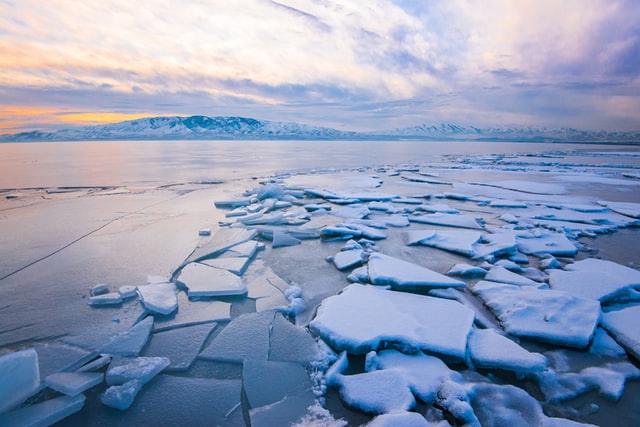
Other than this, the size of the Southern Ocean is also being questioned by many geographers. However, the research shows that the size of the Southern ocean is not fixed, as it is drifting by a few inches every year. It is believed that the spreading of the seafloor causes this kind of drifting. However, the fact that the ocean drifts due to the spreading of the seafloor is not yet proven.
- Unique geology and hydrology
The Southern ocean came into existence when the land of South America and Antarctica opened up a drake passage 30 million years ago. Among all the five oceans, the Southern Ocean is the youngest as per geology. The separation between the two lands led to the formation of the Antarctic Circumpolar Current.
The Southern Ocean is considered to be different from the other three oceans because of its water. It widely differs from that of the other oceans because of the Antarctic Circumpolar Current that rotates in the Southern Ocean as the water transports swiftly around the ocean.
- Extreme climate
The Southern Ocean is located very close to the south pole. A south pole is a place where rapid climate change keeps taking place constantly. Hence, it experiences very extreme climatic conditions. The changing climatic conditions in the Southern Ocean lead to a lot of changes in the weather patterns across different regions and different time scales.
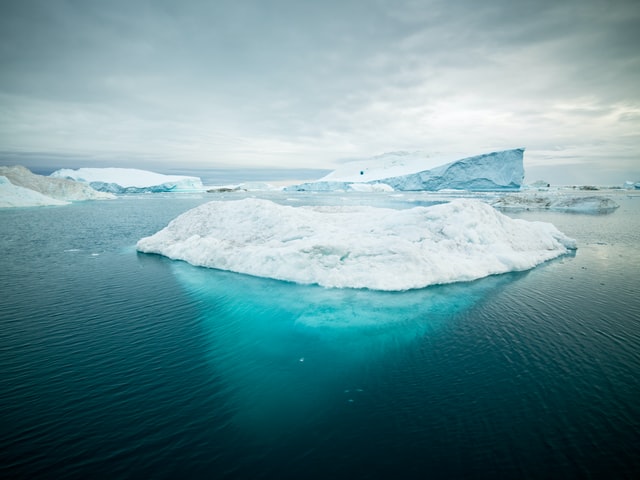
The sea temperature rises above the freezing point, which is around -2° Celsius to 10° Celsius. The changing temperature and the freezing effect in the sea harshly affect the ecosystem in and around the ocean. These changing climates lead to the formation of different species that are able to adapt to the climate there.
- Beneath the ocean
The Southern Ocean is one of the deepest oceans in the world. Hence, the ocean floor of the Southern Ocean is yet to be fully explored. However, the researchers believe that the ocean floor of the Southern Ocean includes huge deposits of minerals, oils, and natural gas. These minerals also include gold deposits and manganese nodules that are available beneath the southern ocean. Due to this, a lot of mining companies have been showing their interest in exploring the same.
- Gigantic icebergs
As the Southern Ocean is located closer to the south pole, it experiences constantly changing freezing temperatures. The low freezing temperatures formulate huge gigantic icebergs. Some of these icebergs are more than a hundred feet long. These icebergs keep floating all over the ocean.
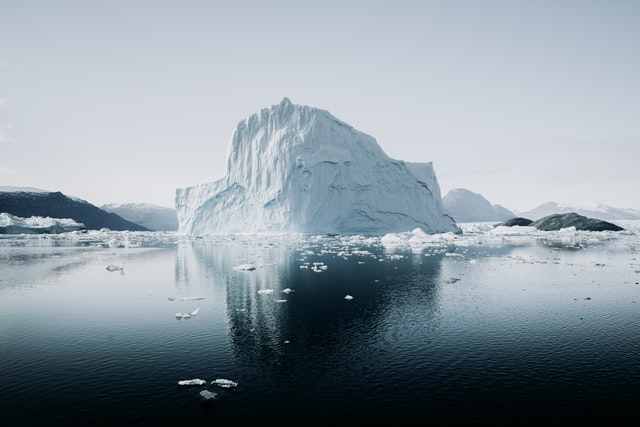
The researchers believe that these huge icebergs contain a large amount of freshwater, which would be sufficient for the whole world for many years. However, the existence of such huge icebergs can be hazardous for the ships sailing around the ocean, causing tremendous collusion and shipwreck.
- Animals and birds
Due to its constantly changing climatic conditions, the Southern Ocean has a wide and diverse range of birds and animals. The Southern Ocean is considered to have the existence of the largest mammals in the world.
A lot of blue whales are found in and around the Southern Ocean. These blue whales feed on the rich and abundant Antarctic krill. The Southern Ocean consists of marine animals other than blue whales, such as Weddell seals, leopard seals, orcas, Antarctic fur seals, etc. Marine fishes such as cod icefish and snailfish are also part of the Southern Ocean.
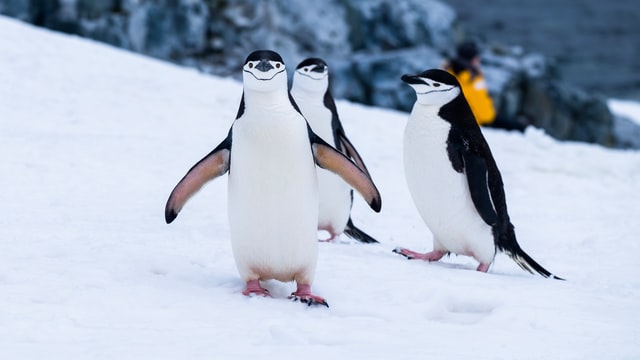
Other than these, many penguins are found in the Southern Ocean. These may include the king penguin, emperor penguin, and rockhopper penguin. Birds such as terns, gulls, petrels, albatross, etc are also found in the Southern Ocean.
- Division of southern ocean
The Southern Ocean is further subdivided into different seas, channels, gulfs, and passages. Some of these are the Weddell Sea, the drake passage, Ross Sea, Somov Sea, Lazarev Sea, Cosmonauts Sea, Davis Sea, Mawson Sea, Amundsen Sea, Bellingshausen Sea, Cooperation sea, etc.
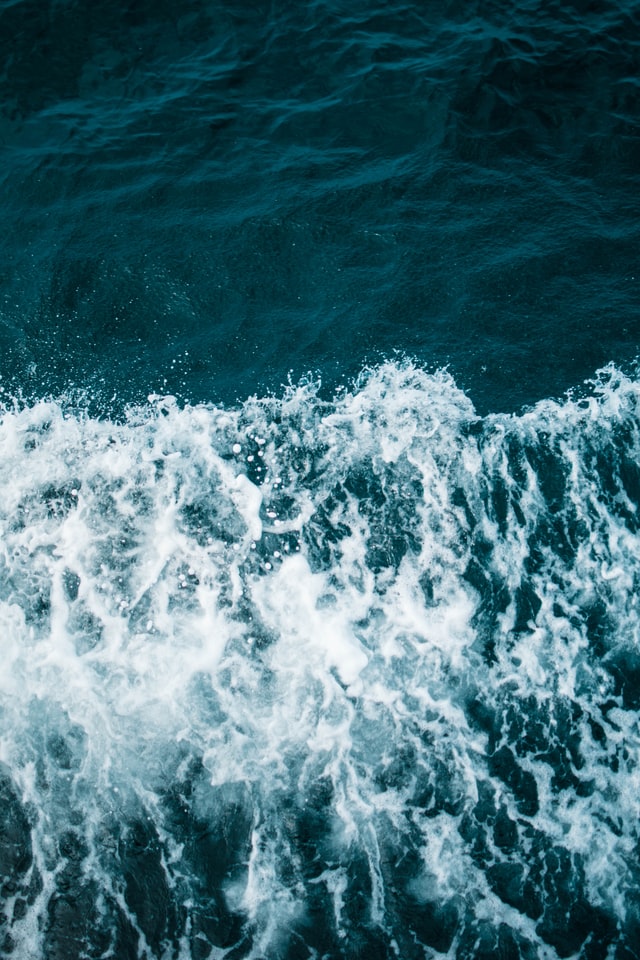
The Cosmonauts Sea, Somov Sea, and the Cooperation Sea were explored later in 2002. Hence, the names of these are not found on the maps of the leading geographical authorities, especially in Western countries. However, it is found in the maps of Russian and Soviet maps as the names of these seas were proposed by the Russian geographical authorities.
Conclusion
The Southern Ocean is the second smallest ocean in the world and surrounds the entire land of Antarctica. It is formed by the partition of the drake passage between the continents of Southern America and Antarctica. It is the only ocean that includes a wide range of diverse ecosystems in the entire world.
The Southern Ocean has a very rapidly changing freezing climate which later leads to the formation of gigantic icebergs. The Antarctic Circumpolar Current in the Southern Ocean leads to the formation of the strongest winds on the whole Earth. A massive proportion of the world’s ice is present around the Southern Ocean and Antarctica.
These were some of the intriguing facts about the Southern Ocean, however, there are a lot of topics still arguable and under debate related to its existence.
